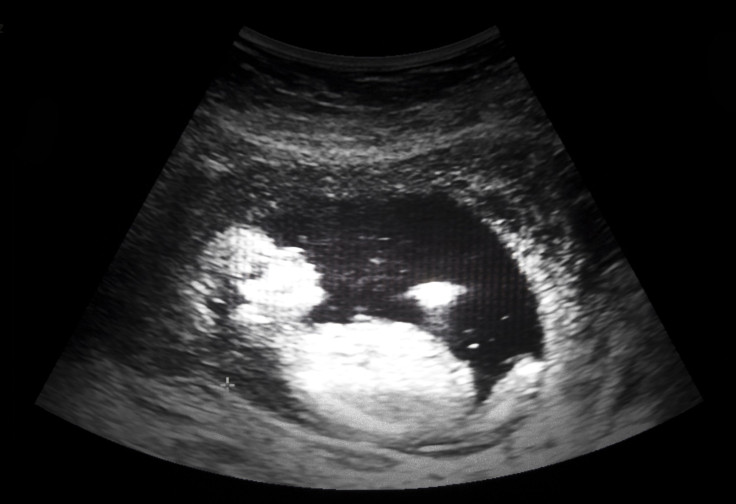Stillborn Babies Are 10 Times More Likely To Be Male, But Researchers Still Can’t Figure Out Why

A new study has confirmed what midwives have long observed: Male babies are more likely to be stillborn than females. Significantly more, according to the University of Exeter study, which found that the risk for boys is about 10 percent higher. This disparity between male and female stillbirths remained no matter the location, suggesting a biological rather than socioeconomic cause may be to blame.
In a journal now published in BMC Medicine, researchers led by the University of Exeter reviewed more than 30 million births globally. According to the press release, results showed that the risk of stillbirth in males remained relatively the same throughout the world and equated to a loss of around 100,000 additional male babies every year.
"The numbers speak for themselves — the disparity between male and female stillbirth rates is startling. Stillbirth is a common occurrence, even in rich countries with good health care systems: every day, 11 babies are stillborn in the UK. Uncovering why male babies are at higher risk could be a first step toward developing new approaches to prevention, including sex-specific management of high-risk pregnancies," explained Dr. Fiona Mathews in the press release.
According to the data, the only countries who were exempt from this pattern were China and India. However, these countries are known to practice sex-based abortions, and this may produce unequal male to female ratios. For example, the female mortality rates in these two countries were 1.7 times higher than the researchers had expected.
Although the death of such a large amount of babies is a rather macabre subject, the team hopes that their findings could be used to help solve the mystery of why some pregnancies go wrong. As of now, the cause of 25 percent of all stillbirths is unknown. For stillborns that can be explained, often these explanations are still often rather vague.
One explanation for this disparity in male and female births may be explained by the recent finding of molecular differences in the way a mother’s placenta interacts with male and female fetuses. Researchers from Adelaide University found that there is a much higher expression of genes involved in placental development, the maintenance of pregnancy, and maternal immune tolerance with female babies.
Male babies also grow faster than female babies, from the moment of conception, Medical Daily reported. This increased rate of development puts them at higher risk for lacking nutrition, a factor that may also account for the stillborn discrepancy.
The UK has a particularly high stillbirth rate when compared to other countries of similar wealth, and the researchers hope that their findings may prompt the introduction of a routine recording of stillborn babies’ sex.
Source: Mathews F et al. BMC Medicine. 2014.
Published by Medicaldaily.com



























